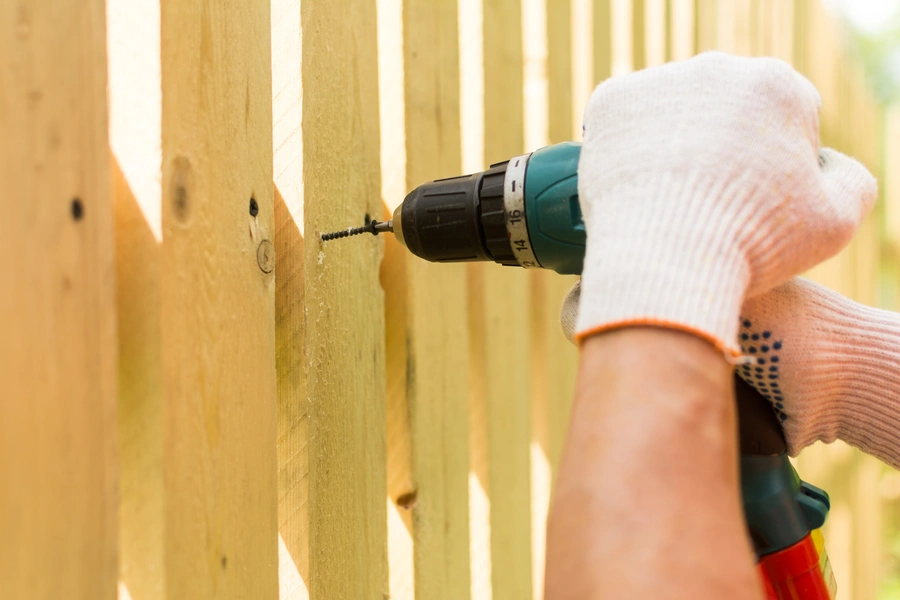Selecting the Best Materials for Long-Lasting Fences
Choosing the right material for your fence installation project is crucial. The materials you select can impact the fence’s durability, appearance, and maintenance requirements. Whether you’re aiming for privacy, security, or aesthetic appeal, understanding your options will help ensure you make a choice that suits your needs.
Understanding Different Fence Materials
Fencing materials come in a variety of types, each with its own advantages and disadvantages. Common materials include wood, vinyl, metal, and composite. Wood fences offer a classic look but require regular maintenance. Vinyl is low-maintenance and durable but can be more expensive initially. For those seeking extra strength, metals like aluminum and steel are excellent choices. Composite materials provide the look of wood with less upkeep.
The Role of Durability in Fence Choices
A fence’s durability is an important factor to consider during fence installation. Depending on your environment, some materials may last longer than others. Wood may warp or rot over time if not treated properly, while metal fences can withstand harsh weather conditions. Assess the climate and environmental conditions of your area when selecting materials to ensure longevity.
Factors Influencing Maintenance Needs
Maintenance is another critical consideration for anyone thinking about fence installation. Wooden fences need periodic painting or staining to protect against the elements. Vinyl and composite fences are generally easy to clean and require minimal upkeep. Metal fences might need rust prevention treatments depending on the type used. Understanding these needs will help you prepare for long-term care.
Cost Considerations for Fence Materials
Budget plays a significant role in material selection. While initial costs may be higher for certain materials like vinyl or metal, their lower maintenance and longer lifespan can offer better value over time. Compare the upfront investment against ongoing care costs to find what fits best within your budget.
Choosing Aesthetic Appeal
The visual impact of your fence is essential, especially for enhancing property value and curb appeal. Wooden fences provide a natural charm, whereas vinyl offers sleek modernity. Metals can give a bold statement, and composites mimic wood without aging effects. Consider how each material blends with your home’s design before making a decision.
Environmental Impact of Fence Materials
The environmental footprint of fencing materials varies significantly. Wood from sustainable forests can be environmentally friendly if managed well. Vinyl production involves chemicals, yet it requires no toxic paints or stains later. Recycled metals and composites made from recycled plastics lessen environmental impacts by reducing waste.
Steps to Making Your Final Decision
- Evaluate your primary needs: security, privacy, aesthetics
- Consider local climate and environmental factors
- Assess long-term maintenance requirements
- Calculate total cost versus long-term value
- Think about visual harmony with surroundings
- Factor in environmental sustainability
- Consult with professionals for expert advice
Contact Me for Expert Guidance on Your Fencing Project
If you’re looking for professional assistance with your fencing needs, contact me today at (650) 520-9424. Based in Redwood City, CA, I specialize in providing personalized solutions tailored to meet your requirements. Let Edgar Mayen Landscaping help you choose the perfect material for a fence that’s both beautiful and enduring.

